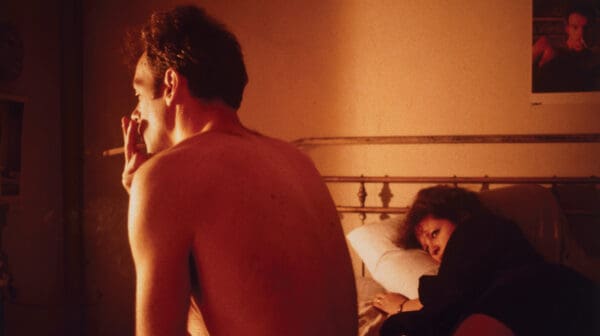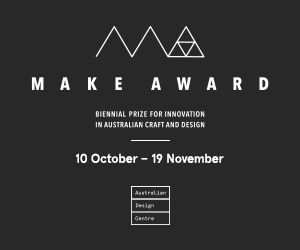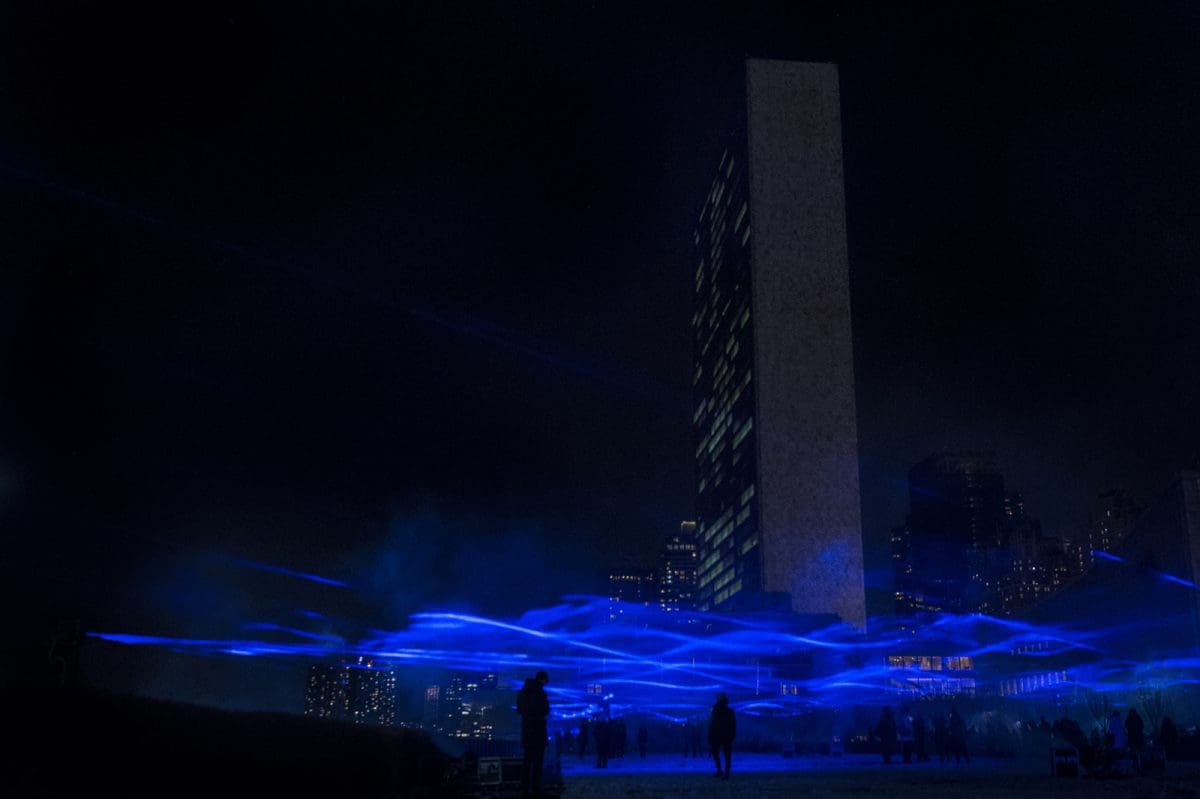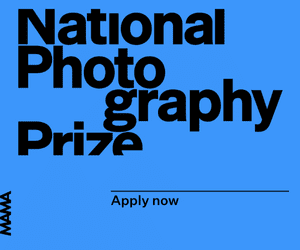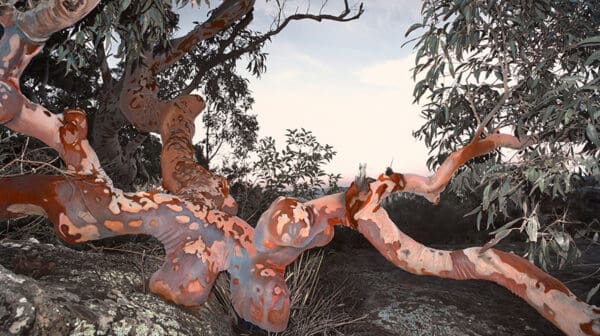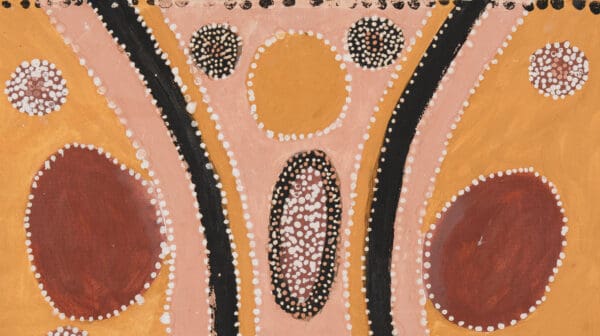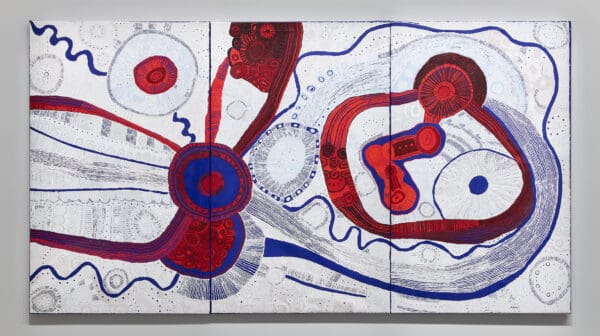It started as a commission from the Dutch Water Council in 2015, and has since travelled around the world. WATERLICHT, an immersive installation by Dutch art and design firm Studio Roosegaarde, will make its Southern Hemisphere debut at Fremantle Biennale this November. It was initially designed as a “virtual flood” to show how, without the intervention of design and engineering, a large portion of the Netherlands would be underwater. It is no coincidence that Esplanade Park, its Fremantle site, is also on reclaimed land.
WATERLICHT consists of a stratum of blue lasers and smoke projected above head-height across a large, open area, creating the sensation of being underwater, or somehow enclosed in a protective layer. Daan Roosegaarde, the Studio’s lead designer and artist, describes WATERLICHT as a “place of wonder.” In previous iterations, he has seen visitors return days in a row. Unlike many outdoor artworks, poor weather can enhance the experience, as rain droplets transform into jewels and winds sweep the smoke into new formations.
The implications of WATERLICHT and its resonances with real-world issues have evolved over time, particularly as dialogue around the climate crisis has intensified. Water is complex and political, with low-lying coastal areas, particularly in the Pacific, at risk from inundation or complete destruction as sea levels rise. Meanwhile, much of inland Australia is suffering from severe drought. In many remote Australian communities, changed weather patterns have seen drinking water supplies reach drastically low levels.
Roosegaarde acknowledges this complexity. He explains that people seem to be “waiting for permission, waiting for politics,” and works like WATERLICHT can activate shifts in thinking and encourage imagination, so that the future may be determined by individuals and communities. Art and design might not provide concrete answers, but Roosegaarde hopes that the Studio’s projects help communities to “imagine together what we want our world to look like.”
Fremantle Biennale artistic director and co-founder Tom Mùller anticipates that the Biennale’s 15 temporary, newly-commissioned artworks will provide both Fremantle locals and visitors with “a new appreciation of site, maybe a rediscovery of where they come from, or an enquiry into places that they may take for granted at times.” Punters won’t need knowledge of art to appreciate WATERLICHT, and Mùller hopes it will act as a gateway to some of the more complex and abstract projects on show, including composer Lawrence English’s recordings of the inner acoustics of a submarine relic, which will draw out the “sonic memory” of that vessel.
What makes WATERLICHT truly site-specific to Fremantle is its soundscape, accessible online (BYO smartphone and headphones).
Roosegaarde collaborated with local scholars including WhadjukNyoongarelder and artist Barry McGuireand historian Michelle McKeough to bring together stories about the site’s complex Indigenous, industrial and migrant histories, and its changing relationship with water.
During this process, McGuire taught Roosegaarde how to greet water in language, introduced him to the idea that water has a memory, and explained that of course the port floods – it was built in the wrong place. Thinking broadly about the Biennale program, Mùller explains that“without looking to the past, you can’t be truly, responsibly, looking to the future.” When Roosegaarde talks about learning from McGuire, it becomes clear that ancient knowledges could well shape the future we imagine ourselves into. These complex, intersecting paths all share an undercurrent of water, a theme that will be drawn out in unusual and thought-provoking ways throughout the Fremantle Biennale.
WATERLICHT will be visible from 7pm to 11pm (and until midnight on Saturday) in Esplanade Park, Fremantle from Friday 1 November to Sunday 3 November.
Fremantle Biennale
1 November – 24 November
